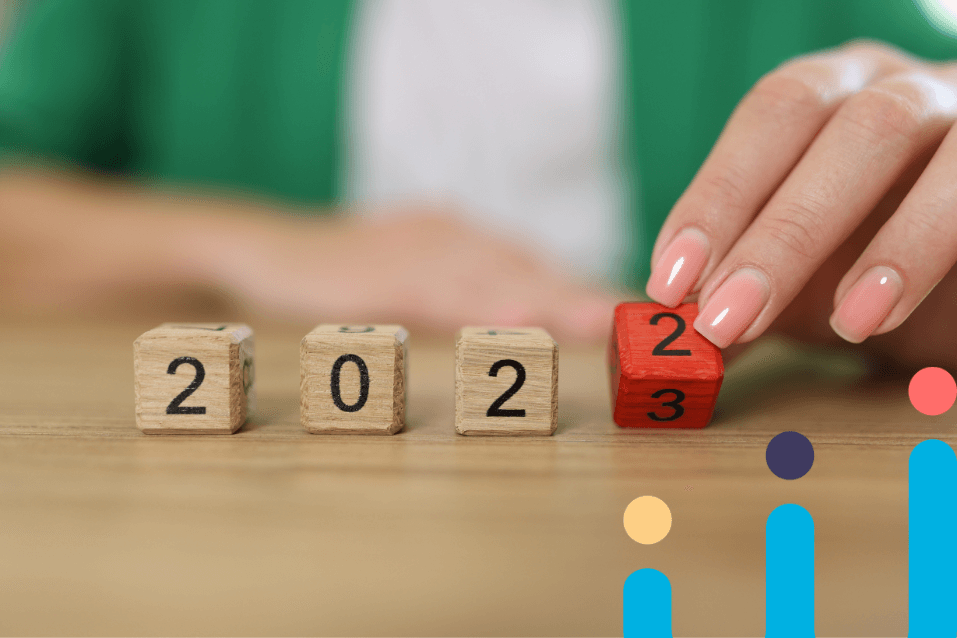Jamie Johnston, Head of Educator Development
Overview
2020 and 2021 saw a massive push for the bridging of the digital divide. In 2021/22, schools in Ireland fully reopened. Most students and teachers had a sub-optimal online learning experience. This led to, quite rightly, a focus on well-being. Then came a period of reflection for schools and teachers on what technology adoption they wanted to keep and what they didn’t. This year is perhaps about bridging the ‘digital-use divide’.
Blended Learning
Blended learning is a teaching approach that combines online and in-person instruction. During the pandemic, teachers built digital ecosystems for communication, sharing resources, and assessment.
In 2022, they could leverage these digital ecosystems to better utilize face-to-face time for activities that are difficult to do asynchronously or online, such as experiments, group work, and discussions. This approach creates more engaging and interactive learning experiences, allowing teachers to focus on individual student needs. In short, blended learning helps teachers make learning fun and effective.
Tech-Enabled Immersive Learning
Immersive learning is a type of learning experience that fully engages the learner in the content and environment. This can be achieved through the use of various technologies, such as virtual reality (VR) or augmented reality (AR), that create a sense of presence and immersion in the learning environment. Immersive learning can provide learners with a highly engaging and interactive experience, as well as the ability to explore and experiment in a virtual world. While virtual reality (VR) may be prohibitively expensive for schools to adopt on a wide scale at the moment, it is likely to become cheaper over the next 10 years. Augmented reality (AR), on the other hand, is already readily available in the technology that many students already have in their hands.
Personalisation
Traditionally, it is challenging to personalize learning in a busy classroom. Teachers have too much of the curriculum to teach, too little time to do it, and too many students, all with their own diverse needs. If teachers hit the sweet spot in the TPACK model, they have the capabilities to design their lessons to allow for students to leverage the technology to best meet their needs. By incorporating principles of universal design for learning (UDL) into the lesson design, teachers can create learning experiences that are flexible and adaptable to the needs of each individual student. This approach can help to ensure that all students have equal opportunities to learn and succeed, regardless of their abilities or backgrounds.
One-to-one learning
There has never been more interest in one-to-one learning in Ireland. It is our belief that all schools will eventually offer a one-to-one learning environment for their students because there is no other way to holistically prepare students for the world beyond school. In the modern world, tasks that are easily replicated and automated by machines are the least valuable for students to develop. Instead, students need to focus on developing human skills, such as critical thinking, creativity, and collaboration, which are more durable and will become increasingly important as technology continues to advance. By providing students with their own devices and giving them opportunities to use technology in their learning, schools can help to ensure that students have the skills and confidence they need to thrive in the digital world. This is especially important as students prepare to leave school and enter the workforce, where they will need to be able to work effectively with technology in order to succeed.
A look to 2023
Artificial intelligence
It is not hyperbolic to say that Artificial Intelligence (AI) is going to have the biggest impact on the world since the invention of the internet. We are at the beginning of a Tsunami of change that will impact our lives for decades, and if education doesn’t adapt, we will be woefully underserving our students and the gap between what happens in school and what happens in the real world will never be larger.
Using a tool like ChatGPT, students can get answers to any questions a teacher might ask, and this raises the question of whether teachers are asking the right questions. I predict that assessment will go through a massive reform in the next few years as a result.
In order to adapt to the rapid changes brought about by AI, teachers will need to re-evaluate the way they teach and assess students. This may involve incorporating new technologies and teaching methods into the classroom, as well as reassessing the types of skills and knowledge that are most valuable for students to learn. Teachers will need to focus on helping students develop critical thinking, creativity, collaboration, and other human skills that will be valuable in the workforce, rather than simply providing them with information that can be easily accessed through AI.

